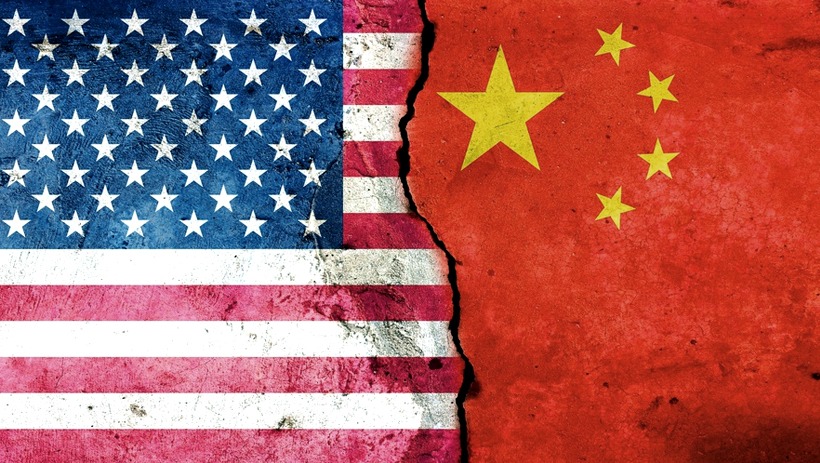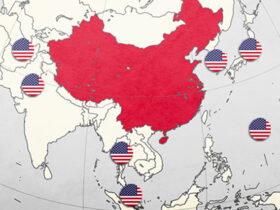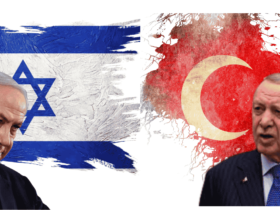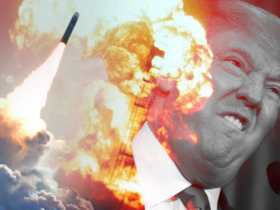A perilous trade confrontation between the US and China began April 2018, when the US side announced a list of 1.3 thousand Chinese goods against which import duties might be introduced. The sanctions were ordered allegedly in response to Beijing violating the intellectual rights of American products. China in turn blamed Washington for unleashing the “largest trade war in the history of the economy.”
The logic of Trump
Soon, US President Donald Trump will face important mid-term elections for Congress. It is no surprise that on the eve of the elections he has pulled his pre-election “business card” as an answer to China’s “trade threats”. This is a continuation of his ‘America first’ economic line, which strives toward protectionist business policies for the country. The rhetoric in the US became more hard-line after the appointment of John Bolton to the post of national security adviser, and Mike Pompeo to the post of Secretary of State.
The forecast
It is extremely difficult to find compromises amid the tense escalation between China and the US. There is good chance that this economic struggle will draw out for years. During this time, China will attempt to diversify its markets, working more closely with countries on different continents. Cooperation with Eurasian and European partners will be particularly crucial.
“American measures in essence are hitting global supply chains and supply chains. To simplify the process, the US opens fire around the world, including itself, “- said representative of the Ministry of Commerce Gao Feng. DBS notes that regional states are especially at risk in the current system — namely South Korea, Malaysia, Taiwan and Singapore.
The trade war could also escalate to a global level, as some American publications have begun to warn. Given that the US is unleashing parallel trade wars with Europe, Mexico, Canada and Japan, the global configuration will likely change significantly. Even the EU will need to gradually reorient itself toward China.
In the event of a large scale conflict, the US government might use the classical levers of the geopolitical field – for example, putting Taiwan or the South China Sea under pressure.
The problem for US is that China has significantly strengthened its international trade as well as its political presence in various regions of the world (Eurasia, Europe, Africa, Latin America) in recent years. This complicates US orientation toward global economic hegemony.

















Leave a Reply